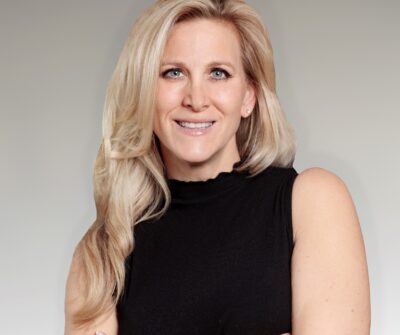Grape growers face the risk each season of their vineyards being attacked by insects and diseases whose severity is dependent on the current season’s weather conditions. This results in growers needing to modify their vineyard IPM strategy on a yearly, monthly and, sometimes, daily basis.
This has resulted in a critical need for a portion of a technician’s time to be devoted to installing, monitoring and maintaining the weather network to keep a robust stream of data flowing to NEWA to ensure that the pest model information is reliable.
By increasing the reliability of the weather and pest model data, adoption of cost effective, research-based IPM practices will be increased through communication and grower education on the resources available through NEWA.
Objectives:
- Increase reliability of weather and pest model information provided through the NEWA website through monitoring and machine maintenance in the Lake Erie and Finger Lakes Regions.
- Increase adoption of the phenology-based degree-day model for timing of management strategies for grape berry moth, powdery mildew, downy mildew, black rot and Phomopsis.
Click below to read the latest progress report from this project.

About the Researcher
Jennifer Phillips Russo
Cornell Viticulture Extension Specialist for the Lake Erie Regional Grape Program
Jennifer Phillips Russo is the Cornell Viticulture Extension Specialist for the Lake Erie Regional Grape Program. Her appointment responsibilities include 20% applied research and 80% extension efforts to provide commercial grape growers/producers with the knowledge and resources necessary to assess production and management practices that will enhance their profitability and sustain the growth of the juice and wine grape industry in the Lake Erie region. Her research projects are direct results from grower/processor input and inquiries. Jennifer’s extension work brings local experience and research-based solutions together to provide projects aimed at increasing yields, product quality, diversity and improvement of cultivars, efficiency of production, profitability, and adoption of environmentally sound cultural management strategies with emphasis on soil and grapevine health, site selection, growth control, nutrition and water management, and harvest management. There are approximately 31,500 acres of vineyard in the Lake Erie region of New York and Pennsylvania grown on 582 farms, making this the largest grape growing region in the eastern US.
About our Research Program
Since its creation in 1985, NYWGF has sponsored an ambitious and comprehensive program in close coordination with the industry and academia. As with the promotion program, private sector funding is required to leverage the state matching funds. NYWGF’s annual research budget is normally between $350,000-$500,000 to support dozens of individual projects, mostly conducted by Cornell University’s New York State Agricultural Experiment Station in Geneva. Click here to view a list of funded research projects for the 2021-2022 fiscal year.
